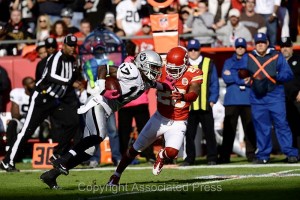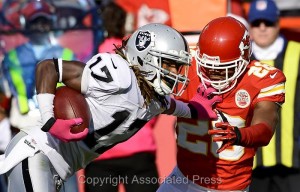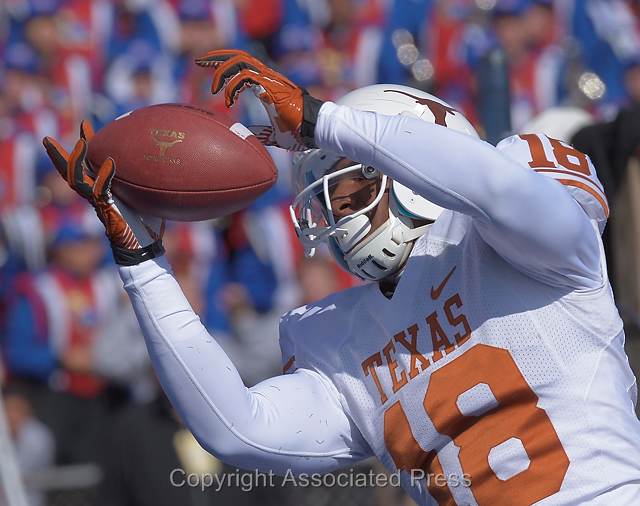In 1996 I started shooting digital for my newspaper with the latest, greatest digital camera, a Kodak (Nikon) NC2000e. It cost $15,000 and gave me 1.3 megapixel images. The quality wasn’t very good, but it was state of the art at the time. A couple of years later I was shooting a 2.7 megapixel camera with much, much better quality, and thought I’d died and gone to heaven. Now I have cameras that deliver up to 36-megapixel files. And that affects what camera I choose for what job.
For a long time now I’ve said that most people don’t need more than about six-megapixels from their camera. If you primarily share your images digitally (viewing on a computer or TV), then that’s true. The key is in understanding and thinking about resolution. That means knowing how many pixels you need for what you’re going to do. And how many you need depends on what you’re going to do with your pictures. There’s no point in having a picture larger than the screen you’re going to view it on. For full HD and most computer screens, two-megapixels is plenty. Why would anyone need more? Two reasons – printing and cropping.

Uncropped photo from the 24-megapixel Nikon D600. Even after cropping (photo above), the photo was still 4.2 megapixels. Photo by Reed Hoffmann, Copyright the Associated Press.
Prints require more information (megapixels) than screens. The larger you want to print, of course, the more pixels you need. And if you want to crop a photo, you’re going to throw away the pixels outside the area you crop. That means the more pixels you have, the more you can crop and still have plenty for what you want to do. If you like to crop a lot, or make large prints (bigger than 8 X 10), then 12-megapixel or higher cameras might be best for you.
Recently I covered two football games, one college and one NFL. In both cases I used high-resolution cameras so I could crop further in on my pictures. For the KU game I wanted to try the Nikon D600, a 24MP camera. Not considered a “sports” camera (not a high frame rate, or as powerful an autofocus system), it performed well. And let me crop tighter than otherwise and still have a lot of pixels. For instance, on the game-winning touchdown catch by Texas, I cropped that 24MP photo in for a good tight shot, and still had 4.2 megapixels.

This photo was shot with the 36-MP Nikon D800, from across the field with a 500mm lens. Photo by Reed Hoffmann, Copyright the Associated Press.
For the Chiefs game I used a Nikon D800, which captures 36MP images. Again, the camera doesn’t have a very fast frame rate for sports, but shooting the NFL often means being pretty far from the action, and I wanted those 36 megapixels so I could crop in more.
Is there a downside to more pixels? Perhaps. More pixels means more information, which means larger cards, hard drives and more space required for storage and backup. And putting more pixels in the same area means smaller pixels. The smaller the pixels, the more quality issues you have when raising your ISO. For instance, in the first quarter of the NFL game I was shooting in fairly bright light. That meant I could keep my ISO pretty low (under 800) and get great quality. By the second quarter, most of the field was in shade, so I switched to a Nikon D3S which has fewer but larger pixels (12MP) on the same size sensor, letting me shoot at much higher

Despite a severe crop, this image still has six megapixels, plenty of information for most uses. Photo by Reed Hoffmann, Copyright the Associated Press.
ISOs but still get great quality.
Plus, with increased resolution you get finer detail. That means even a small amount of camera movement can result in motion blur, even at shutter speeds over 1/1000 second. With the 12MP camera I don’t see that as often.
More pixels aren’t always better. There are trade-offs. But it’s great to have more choice in resolution, as that lets us tailor what camera we use based on what we’re going to do. For me, twelve to sixteen megapixel cameras seem to be the “sweet” spot. But there are times when I’ll definitely take advantage of the higher resolution of some cameras. In the last ten years we’ve simply changed from choosing the right film for the job to choosing the right camera. And resolution (or megapixels) are one of the key decisions in that choice.

